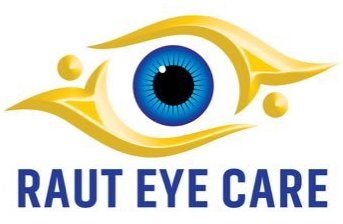Introduction
Monofocal intraocular lenses (IOLs) have revolutionized the field of ophthalmology by providing a reliable solution for correcting vision after cataract surgery. As advancements in medical technology continue to unfold, various companies have emerged as key players in producing high-quality monofocal IOLs. This article delves into the world of monofocal IOL manufacturers, highlighting their unique features, technologies, and contributions to the field.
1. Alcon
Alcon, a division of Novartis, is a global leader in eye care technology and innovation. They offer a range of monofocal IOLs, each designed to provide exceptional visual outcomes for cataract patients. One standout product is the AcrySof IQ monofocal IOL, known for its aspheric optics that enhance visual quality by reducing spherical aberration. Alcon's commitment to cutting-edge manufacturing techniques ensures these lenses provide enhanced contrast sensitivity and reduced glare, significantly improving patients' overall visual experience.
2. Johnson & Johnson Vision
Johnson & Johnson Vision, another prominent player in the ophthalmic industry, is renowned for its Tecnis monofocal IOL series. Their Tecnis monofocal lenses incorporate advanced wavefront technology, offering patients improved vision quality, reduced halos, and enhanced night vision. The brand's innovation extends to the Tecnis Symfony IOL, which employs diffractive optics to provide an extended depth of focus, allowing for greater visual clarity across varying distances.
3. Bausch + Lomb
Bausch + Lomb has a rich history of innovation in eye care and is recognized for its SofPort and enVista monofocal IOLs. The enVista lens, for instance, boasts an innovative design with glistening reduction technology, minimizing the occurrence of unwanted optical phenomena. Bausch + Lomb's dedication to precision and quality ensures consistent refractive outcomes, helping patients achieve their desired post-operative vision.
4. Carl Zeiss Meditec
Carl Zeiss Meditec, a prominent name in medical technology, offers monofocal IOLs that reflect their commitment to precision optics. Their CT Asphina 603P IOL employs aspheric optics, reducing aberrations and providing exceptional visual quality. The lens design optimizes contrast sensitivity and minimizes visual disturbances, contributing to a higher quality of life for patients after cataract surgery.
5. HOYA Surgical Optics
HOYA Surgical Optics specializes in creating advanced IOLs, including monofocal options, that cater to patients' individual visual needs. The VivinexTM IOL series by HOYA incorporates innovative technology to minimize glare and enhance light transmission, resulting in improved visual acuity. The company's dedication to customization allows surgeons to select IOLs that align with each patient's unique requirements.
6. Rayner Intraocular Lenses Limited
Rayner's legacy in developing IOLs dates back to the 1940s, making it one of the oldest IOL manufacturers. The company's monofocal IOLs, such as the RayOne Hydrophobic lens, are designed with advanced materials and precision engineering. Rayner's HydroLock® technology minimizes postoperative inflammation and delivers stable refractive outcomes, offering patients improved vision and enhanced quality of life.
7. Acriva Intraocular Lenses Limited
Benefits of Hydrophobic and Hydrophilic Monomers
No glistening
No calcification
Limited PCO
High biocompatibility
Low inflammatory response
Easy to fold and inject
MICS capability
Quickly unfolding in the eye
Conclusion
The landscape of monofocal intraocular lenses is dynamic and continually evolving, thanks to the contributions of pioneering companies. Each manufacturer brings a unique blend of innovation, technology, and expertise to the table, enhancing the quality of life for cataract patients worldwide. From aspheric optics to diffractive technology, these companies are dedicated to providing solutions that improve visual outcomes and set new standards in post-cataract surgery care. As the field of ophthalmology progresses, these companies are poised to continue shaping the future of monofocal IOLs and expanding the horizons of what's possible in vision correction.



